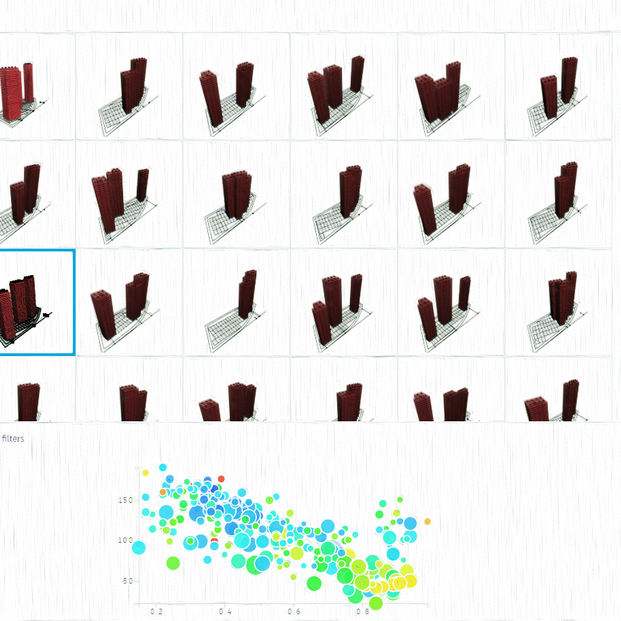

Generative Design
Among the latest advancements, generative design stands out as a revolutionary approach that reshapes the way architects conceptualize, design, and evaluate structures.
Efficiency in Conceptualization: Generative design algorithms can swiftly generate numerous design alternatives based on specified parameters and constraints. This capability accelerates the conceptualization phase, allowing architects to explore a vast array of possibilities efficiently. By automating the generation process, architects can devote more time to creative decision-making rather than repetitive tasks.
Optimization of Performance: Generative design enables architects to optimize various performance criteria simultaneously, such as structural integrity, energy efficiency, and material usage. By employing algorithms that analyze and iterate through countless iterations, architects can achieve designs that strike an optimal balance between competing objectives.
Streamlined Collaboration: Generative design platforms facilitate seamless collaboration among multidisciplinary teams, including architects, engineers, and stakeholders. By centralizing design iterations and feedback mechanisms within a digital environment, generative design promotes effective communication and knowledge sharing. This collaborative workflow fosters interdisciplinary synergy and ensures that all stakeholders' perspectives are integrated into the final design.
Data-Driven Decision Making: Generative design leverages data-driven insights to inform design decisions. By analyzing vast datasets related to site conditions, environmental factors, user preferences, and historical precedents, architects can make informed design choices that are grounded in empirical evidence. This data-centric approach minimizes guesswork and maximizes the likelihood of creating designs that meet project objectives effectively.
In summary, generative design holds immense promise for revolutionizing architectural practice by enhancing efficiency, fostering creativity, enabling collaboration, facilitating data-driven decision-making, and promoting sustainability. By embracing generative design methodologies, architects can unlock new possibilities, push the boundaries of innovation, and create buildings that resonate with both functionality and beauty in equal measure.













